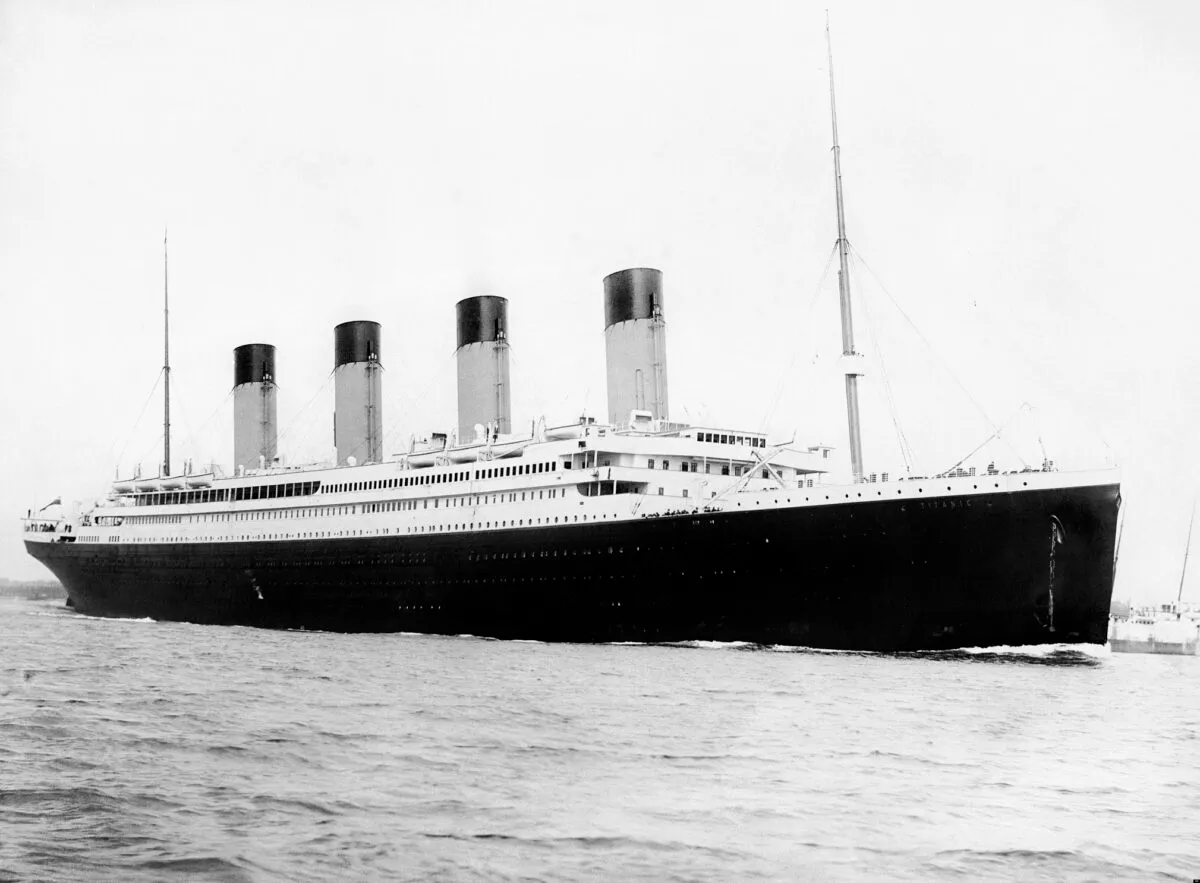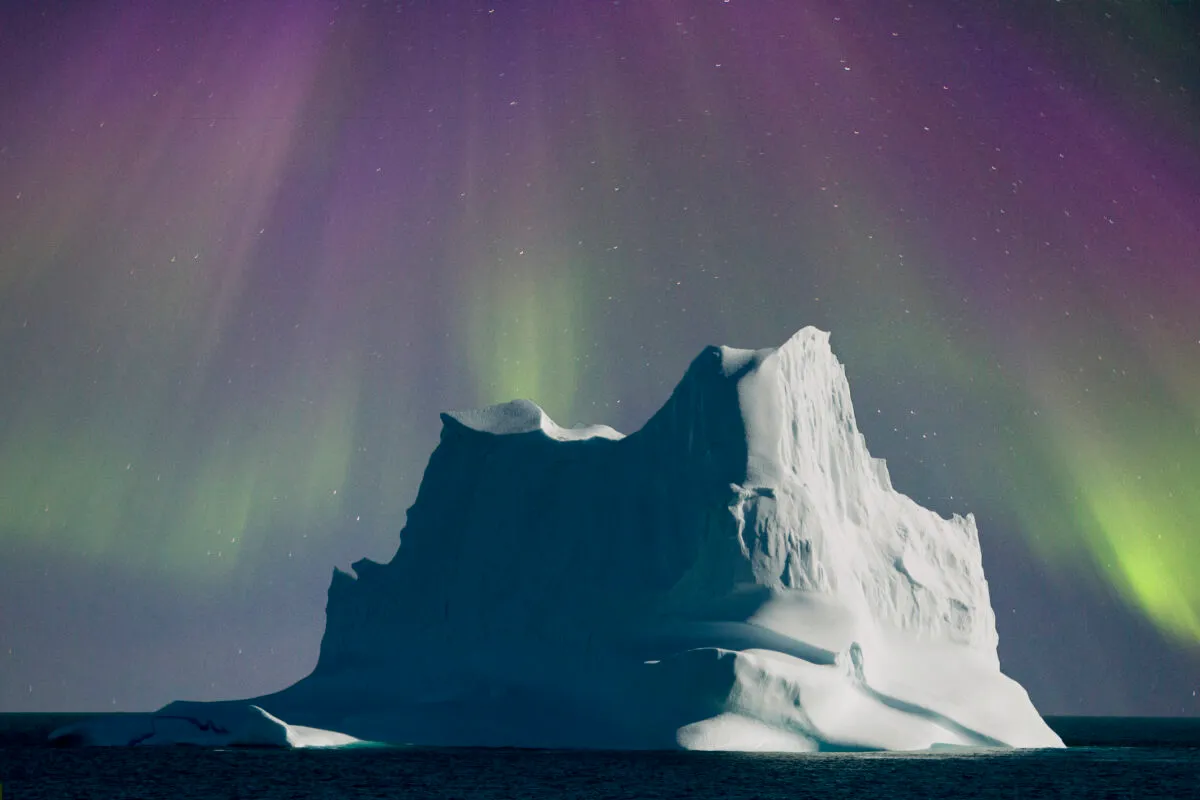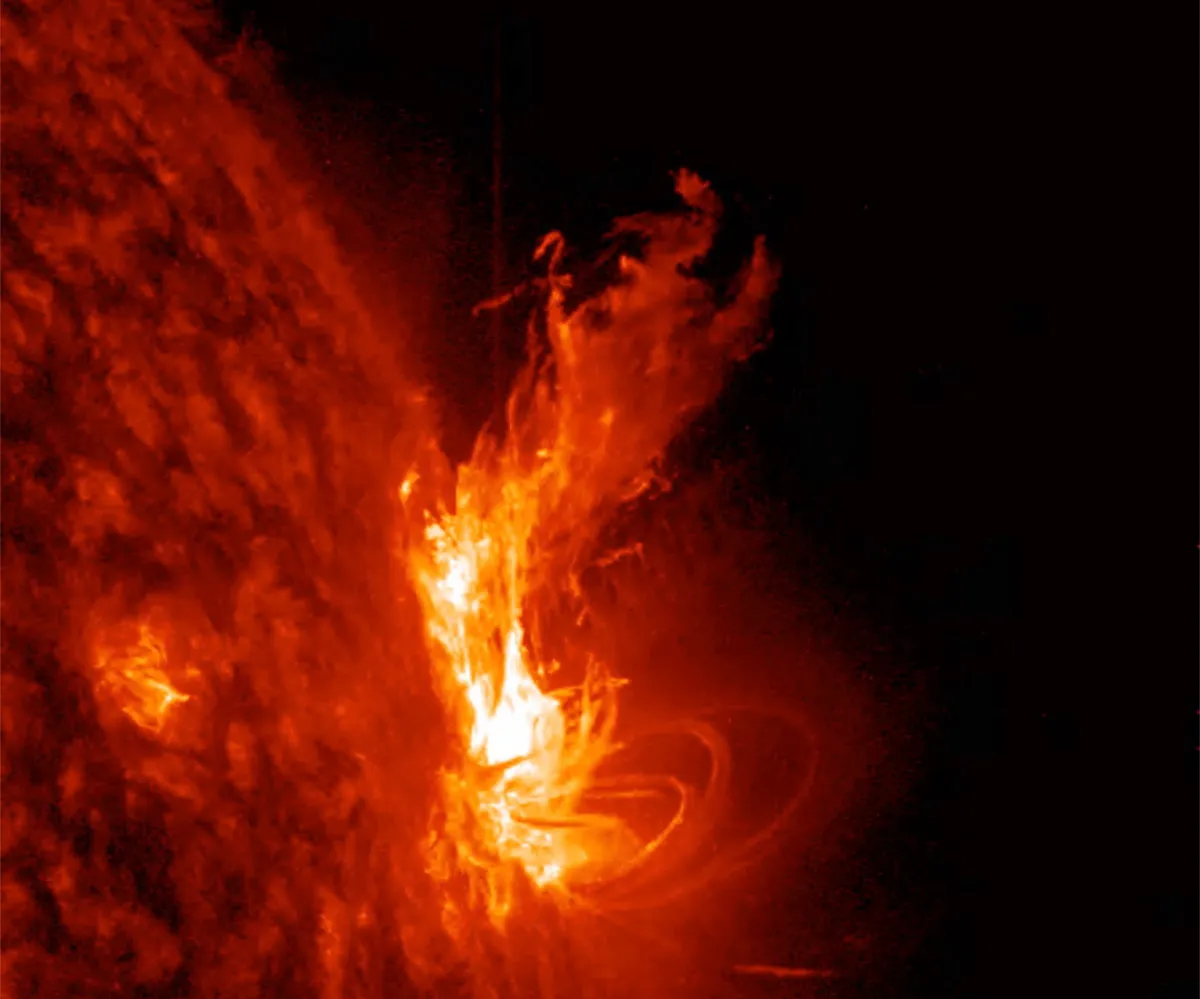The story of RMS Titanic is one that has been retold countless times following the fateful night of its sinking. During the early hours of 15 April 1912, White Star Line’s new ‘Olympic’ class liner ploughed into an iceberg with tragic consequences.
In the hours that followed, more than 1,500 souls were lost.
The Titanic continues to generate an unprecedented level of interest, with newly discovered evidence giving more insight into the tragedy.
Many factors seem to have conspired to seal its eventual doom: consider the fire that blazed uncontrollably in one of its coal bunkers before and after it left Southampton, which could have compromised the integrity of one of the watertight compartments; or the disappearance of binoculars that were supposed to be at the disposal of the two-man crew in the crow’s nest.
But could space weather have played a role in the events that unfolded on that fateful night?

In 2020 evidence was published in the journal Weather from independent weather researcher Mila Zinkova.
Noting multiple eyewitness accounts she suggested that a geomagnetic storm, powerful enough to cause auroral activity at the latitude the Titanic struck the iceberg, may have affected the ship’s onboard compass and telegraph equipment, leading to errors in determining location and urgent ‘CQD’ distress calls [a forerunner to SOS in Morse code] not reaching their intended recipients.
The Titanic sank two hours and 40 minutes after the collision, with RMS Carpathia arriving first on the scene some three to four hours later.
James Bisset, second officer on the Carpathia, wrote in his log around one hour before Titanic hit the iceberg: "There was no Moon, but the Aurora Borealis glimmered like moonbeams shooting up from the northern horizon."

Responding to the Titanic’s distress signal, Carpathia had received incorrect coordinates for the stricken ship.
Zinkova, who has written several papers on the Titanic, has theorised that compass readings had been thrown off by the interference caused by a solar flare.
There was no Moon, but the Aurora Borealis glimmered like moonbeams shooting up from the northern horizon.
James Bisset, second officer on the Carpathia
Nevertheless, Carpathia still succeeded in sailing directly to the Titanic’s drifting lifeboats.
In a rather bizarre twist, Zinkova attributes this feat to the solar storm-induced compass errors cancelling out the misstated coordinates.
Storms of this nature are known to cause disruption to telecommunications, specifically in radio navigation systems, potentially altering the trajectory of radio signals (for more on this, read our guide to the science of the Sun).

When the solar wind mixes with the ionosphere, it becomes super-ionized, causing destructive interference.
The turbulence in some instances causes broadcasts to be picked up hundreds or even thousands of kilometres from the source of transmission. Such havoc can also block transmission completely.
Bisset’s log book entries also state that the aurora was still going strong as the Carpathia neared the lifeboats, describing "greenish beams" in the night sky.
Survivors concur with Bisset’s logs and describe sighting the Northern Lights from their lifeboats.
One survivor, Lawrence Beesley, recounted that the aurora, "…arched fanwise across the northern sky, with faint streamers reaching toward the Pole-star."
Whether or not a solar storm caused such interference remains inconclusive, but along with a vast array of theories and perhaps yet to be discovered evidence, the story of the Titanic remains very much an unclosed chapter in maritime history.
This article originally appeared in the April 2021 issue of BBC Sky at Night Magazine.
